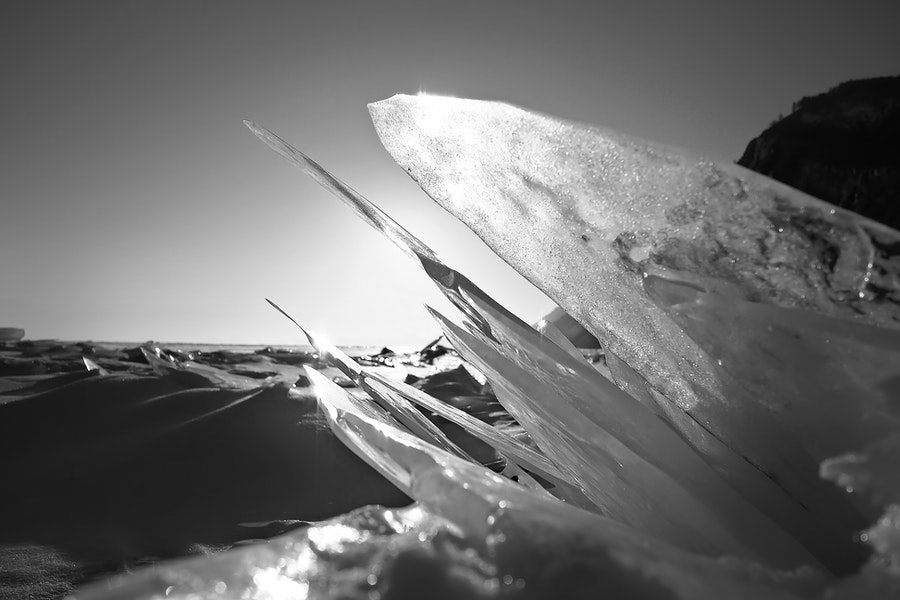During the early 20th century, ‘natural’ ice was in decline. ‘Artificial’ or ‘manufactured’ ice was taking its place. Men continued to carve ice out of ponds and lakes during the winter, for storage in great ice warehouses to meet demand during summer. Increasingly, however, other men made ice on demand through a process of manipulating the volume of a gas using a compressor. Delivery of ice continued, as the initial ice-making equipment was quite large. The hustle and bustle of urban places continued to feature icemen and their horse-drawn wagons delivering blocks of ice, ‘cakes’ as they were called.
We jump into this stream of progress in 1917. The United States had just entered World War I, and was taking control of the economy through conscription, wartime production and wage and price controls. In New York State, there was concern that the gas used in the production of manufactured ice would be needed to make explosives. An ‘ice comptroller’ was established by law, with the power to regulate the manufacture of ice from New York City and Long Island, up the Hudson River to Albany and Rensselaer, as well as to regulate the prices of ice from wholesale to retail. One of the first actions of the ice comptroller was to shut down indoor skating rinks.
To free up the precious gas for explosives, the ice comptroller began shutting down the dastardly ice manufacturers of New York City
To free up the precious gas for explosives, the ice comptroller began shutting down the dastardly ice manufacturers of New York City. Soon, all but six plants were closed. To replace the manufactured stuff, the ice comptroller was authorised to contract for the delivery and storage of up to 2 million tons of natural ice. But who was to ‘harvest’ the natural ice? How was it to be transported from ponds and lakes to the Big Apple? In what ice warehouses was it to be stored? And how much was this going to cost the consumer? Manufactured ice was replacing natural ice because it was cheaper. The cost of harvesting, transporting and warehousing ice was rising, mostly because of rising real wages. Natural ice, while free at its source, was costly.
The ice comptroller had the start of a plan when the state superintendent of prisons offered up to 200 prison labourers to harvest ice. The ice comptroller now only had to figure out how to get the ‘free’ prison labour from penitentiaries to the sources of the ‘free’ ice and back, making sure they were properly guarded. There was also something of a trick to getting any work out of the anarchists and socialists who were being arrested for voicing opposition to the war. Oh, there were also the problems of warehousing and transporting the stuff to New York City.
As far as the consumer was concerned, the ice comptroller determined there would be no increased price for ice. Through the power of decree, backed up by hordes of inspectors and the power to levy fines and make arrests, the cost of ice would be stabilized. Households would pay 40 cents per 100 pounds, and businesses, which bought ice in large volumes, 30 cents. Ice companies would simply have to work on narrow margins. As the following chart shows, the price of ice did not rise much during 1918.

Then came the winter of 1918-19 and you know the old saying, “Fool me once, shame on you. Fool me twice, shame on me.” During the winter of 1918-19, not much ice was harvested and stored away. New York City faced an ice famine. The city faced the prospects of riots and the starvation of children, said some. The legislature repealed the act establishing an ice comptroller, and the market found an equilibrium given the shortage of natural ice. In other words, the price of ice was high in 1919.
The next year, things were back to normal. The trend of increasingly costly delivered ice resumed. And the next big thing started to emerge: refrigerators.
This article was originally published by the American Institute of Economic Research and here republished with permission.







